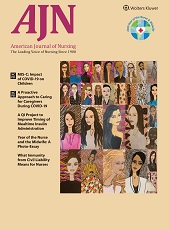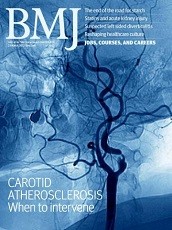Michael J Ball

Extract
On a number of occasions in the past year I have referred patients for therapeutic abortion where pregnancy had occurred following temporary discontinuation of oral contraceptives on medical advice. . . Last year the Medical Handbook of the International Planned Parenthood Federation was distributed widely to Canadian physicians by the Department of National Health and Welfare. In this authoritative source it is stated: “The earlier views, that oral contraceptives should not be used for more than two (later changed to four) years without a break are no longer tenable.”
Ball MJ. (Correspondence) Iatrogenic pregnancy. Can Med Assoc J. 1972;107(8):727. Available from:

